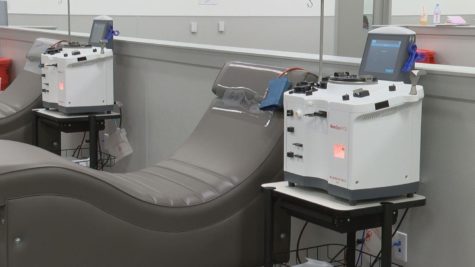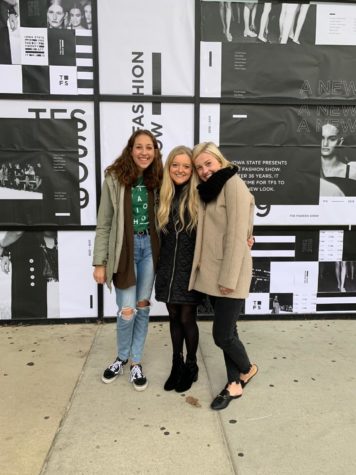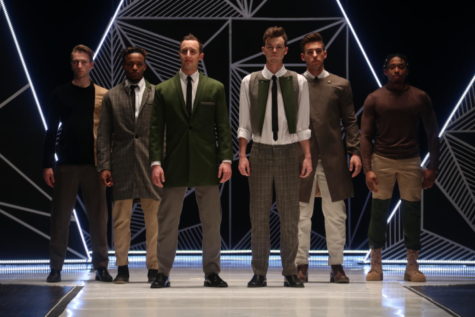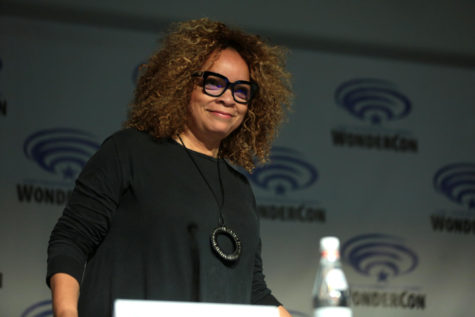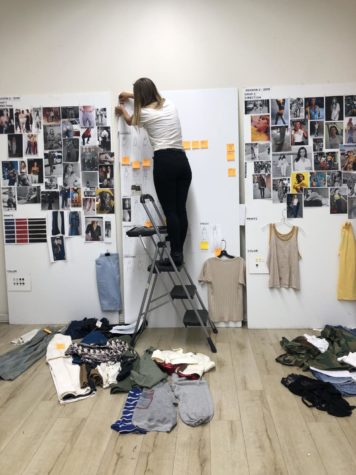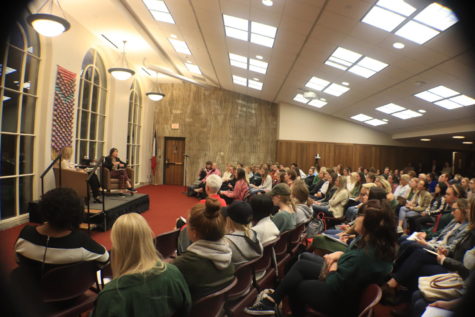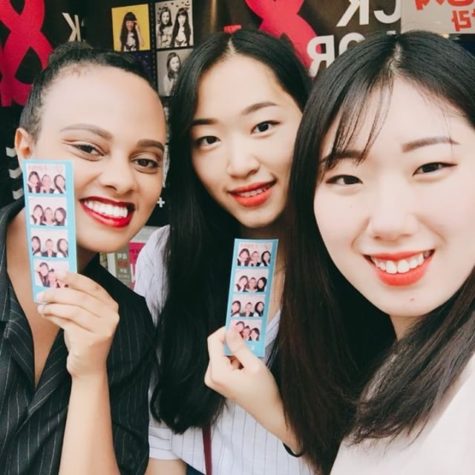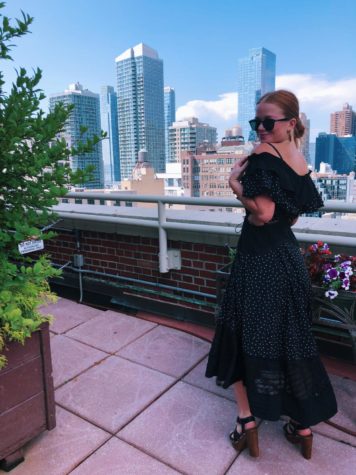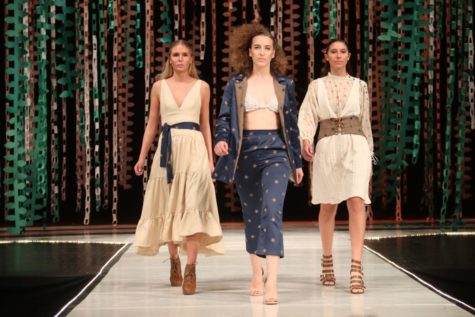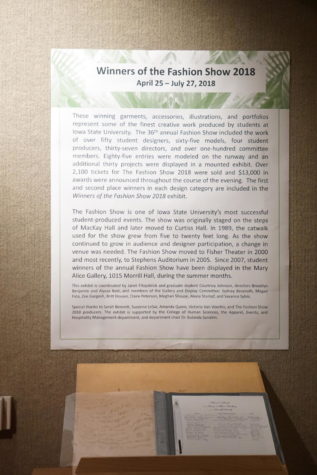ISU Fashion show update: Fit Nights Completed
March 8, 2018
Iowa State designers, models and fashion show members were in full effect this week at the fittings in order to prepare for this year’s 2018 fashion show. The third floor of Lebaron Hall was partially taken over in order to execute this event.
After designing their garments, designers take on the next hurdle to get into fashion show… Fit night. This is the night where they chose the models that they want to wear their garments and then fit their garments to those models.
The first night of fittings was designated strictly for senior collection designers only. Any senior designer in the Apparel, Merchandising and Design major and taking AMD 495. This fit night is fairly easy-going and slowed down because there is only a handful of senior designers and they want to allow the seniors to enjoy their time, as this will be their last fit night at Iowa State. This year, senior fit night took place on Thursday, March 1.
The second night of fitting is for all Iowa State clothing designers from any major, freshman through seniors. This night is a bit more sped up compared to senior fit night. This is because there are many more people that need to fit their designed garments to their chosen models. This fit night took place on Tuesday, March 6.
The fight night process goes as followed: Designers come in with their garments and then walk over to a wall full of pictures of the selected 64 models for this year’s fashion show. With the pictures of the models are their measurements so that designers have the option to choose a model they think would best work with their garment. When they chose a model, one of the directors will go into a room full of the 64 selected models and bring them out for the designer to fit them in another room.
The designers can pick and choose whatever model they would like for each of their garments, but there are some stipulations for designers for this process. One, designers can only enter six garments they created into the fashion show. Two, they can only use a model once. Three, they can only have 20 minutes per garment on fit night to make any pins or do any sewing on models. Four, designers must place their garments into a category, based on what type of clothing they decided to make. Some examples of fashion show categories are athleisure, wearable art, sports-wear, children’s clothing, costume, day dress and formal wear.
According to Design Director Shae Smith, designers choose models in various ways and for various reasons. Some designers fit to models based strictly on what model will fit best in their garment. Other designs choose which model they what based on what they look like and then alter the garment to that specific model.
The next process happens after the garment is taken home. After their fitting is complete and they have selected their models, they take their entered garments home to make the correct fittings in order to fit their selected model properly. They have all of spring break to complete this. Then on the 20th, they turn their garments into the fashion show and they are stored until the guest judges arrive to select which garments will be in the fashion show.
The fit night process is set up mostly by the fashion show’s design directors, modeling directors, and the producers. This night is carefully planned for months in advance because of all of the things that must correlate for the event to take place.
The design directors, Grace Rosson, Samantha Shirazi and Shae Smith, make sure that all of the designers know where they’re supposed to be and when, reserve the rooms for the event, secure garment racks and garment bags and make sure that everyone has the same spreadsheets and all of the information is cohesive amongst the directors and committees.
“It takes a lot because this is when we start working with the modeling committee and we’ve been doing a lot of planning. We make sure that we all have the same spreadsheets and that all of that information is cohesive and that we watch information that has to be communicated really effectively otherwise it’s a mess,” Rosson said.
“Of course designer communication is a huge thing because we’ve been talking about this for months and we need to formulate one email so that the designers understand everything because they don’t see our side of it,” Shirazi said.
The modeling directors, Emily Curtiss, Abigail Goeser, and Shane Fye, had to make sure that the models knew when and where to be and let them know what would be required of them on this night. They also had to get the models’ measurements and generate model numbers. But what’s new this year, is that all of the models got their bodies scanned in the DATS (Digital Apparel Textile Studio) Lab. The body scans gather the models body measurements more accurately than the hand-measuring that the directors had to do in the past.
“We’ve always done hand-measurements and they’re just very inaccurate. Models were measured three weeks ago, so it’s pretty accurate because model measurements used to be taken in November, so they have three months to change. Where now, it’s just a three week time,” Grace Rosson, former modeling director said.
The only garments that are not fitted by designers on this night are the children’s-wear garments. The fashion show does not provide child models. Any designer that chooses to make children’s clothing must find a child that will fit into the clothing that they made if they want it to be in the show.
“The designers that have the most trouble are the children’s-wear designers because they have to find those children on their own,” Smith said. “Most children’s-wear designers will have a lot of younger siblings or cousins that they fit.”







